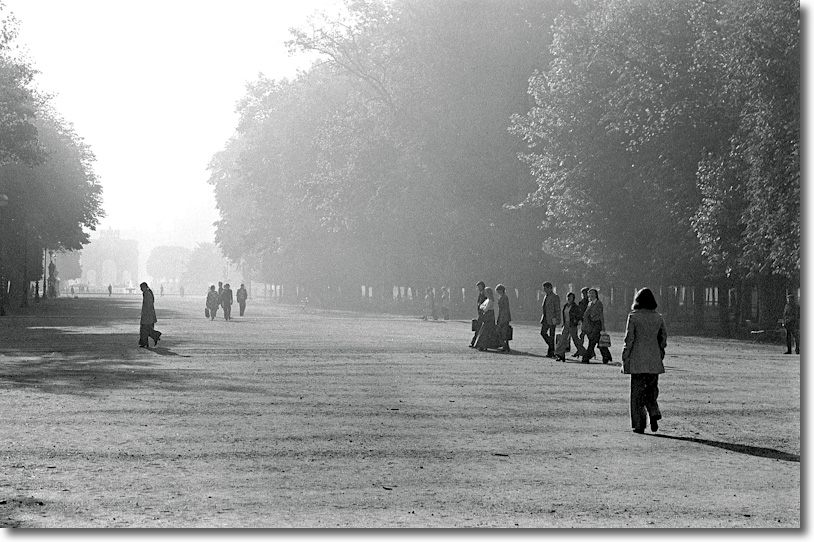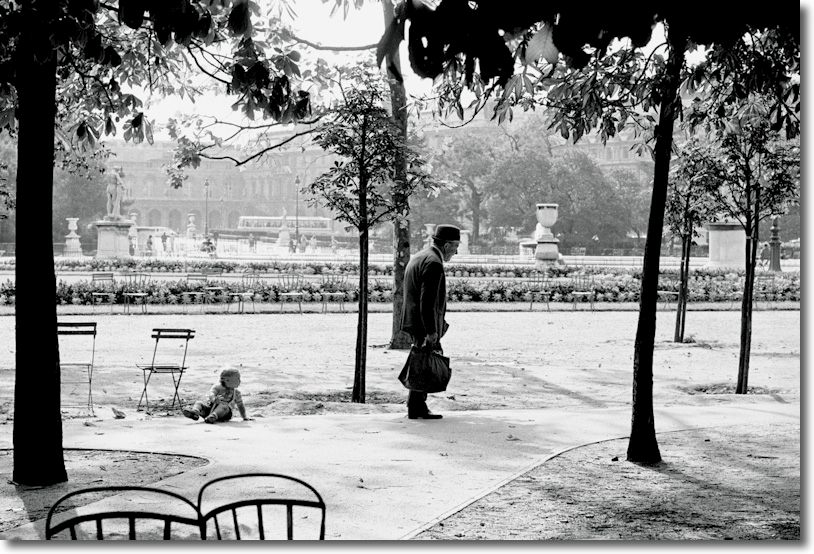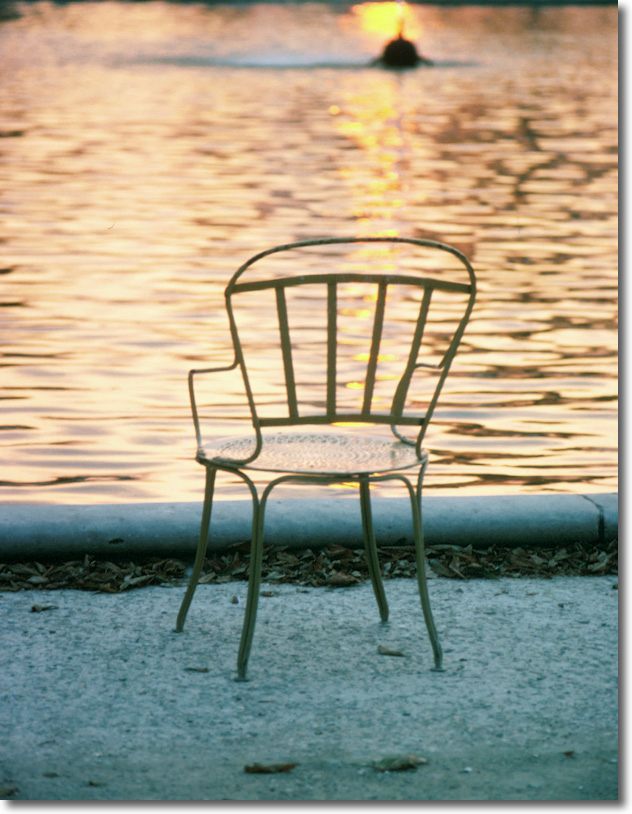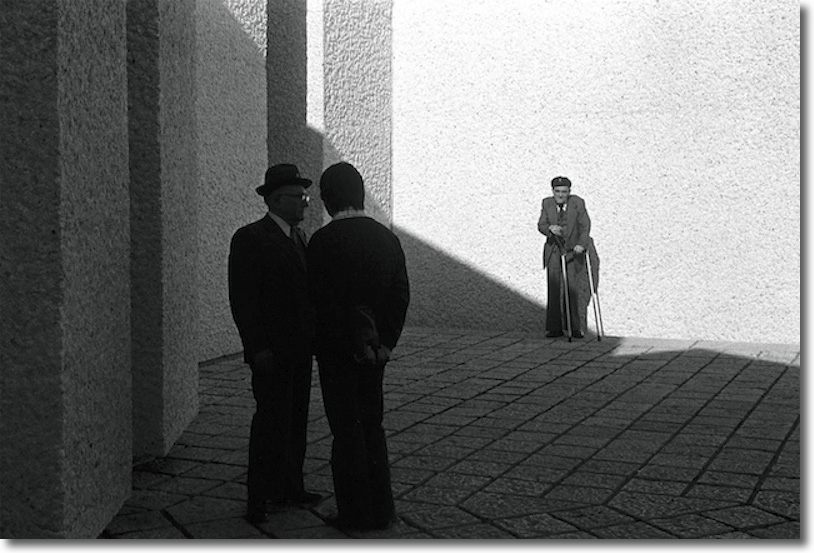I emigrated from the United Kingdom to the United States in 1977 so now more than half of my life has been spent in America, some of that in New York but mostly in California. What so attracted me to the New World was my experience working with Americans in London. The singularly distinguishing attributes of the ‘Yanks’, as xenophobic Englishmen still thought of them back then (now we have the equally unappealing sobriquet ‘Brits’ for my former countrymen), were that they had a lot of fun in doing whatever they did and their driving sense of purpose. They were goal oriented.
What has all that to do with photography? Well, I am convinced that without a sense of purpose your chances of taking good photographs are poor to non-existent. As for profits in business, opportunities for good photography rarely just happen. If you are going to go swanning about, camera in hand, blithely hoping that something good will come alone, well, keep hoping. You have to make it happen.
I believe this to be true regardless of whether your subject is the serendipitous one of street photography or the much more planned variant of the landscape. I happen to enjoy both. Maybe a couple of illustrations will do the trick.
As the proverbial impoverished student in 1977, my last year in London, I mustered what little cash I had and boarded the ferry to Calais, then the chemin de fer to Gare du Nord in the heart of Paris.
I had two very focused goals in mind.
One was to visit the Louvre, the Orangerie and the Jeu de Paume museums and art galleries in the Jardin de Tuileries in the heart of the First Arrondissement. My sole purpose was to gorge on nineteenth century French painting. Corot and Boudin. Cezanne and Manet. Renoir and Monet. Degas and Seurat. Painters modestly represented in the great British museums, but very much on their home ground in the Tuileries Gardens. Fulfilling that goal, with the three galleries a stone’s throw apart, involved nothing so much as a stout pair of shoes and the entrance fee.
The other was to see and photograph the light of Paris, that light which I had studied for so many years and dreamt about experiencing first hand. Paris has the twin distinction of being the most beautiful city of the Western Hemisphere and well as having the most gorgeous light. Or maybe it is so beautiful because of the light? Lacking the lugubrious architecture that typifies much of London and, mercifully, lacking that city’s foul weather, Paris is a city of joy and romance where London is one of industry and commerce. Artists created one, burghers the other. And for all the bad things we, as Americans, may think of the Parisians, casting off those veils of prejudice reveals a magnificent place for the ages. Truly you have not lived until you have been in Paris.
So to finally have the opportunity of taking photographs in Paris was not only immensely exciting, visual and sensory overload threatening at every corner, it was a goal I had long strived for. And Paris did not disappoint.

Jardin de Tuileries, sunrise

Jardin de Tuileries, noon.

Jardin de Tuileries, evening.
And even when you come across something very special, a picture that you will always remember the journey by, luck has nothing to do with it. I waited for two hours at the Holocaust Memorial, that monument to French Guilt, for the juxtaposition of the players to be just so:

Holocaust Museum, Paris.
There are very few lucky accidents in life or in photography. A goal, a sense of purpose, makes luck happen.
Set that goal and only then pick up your camera.